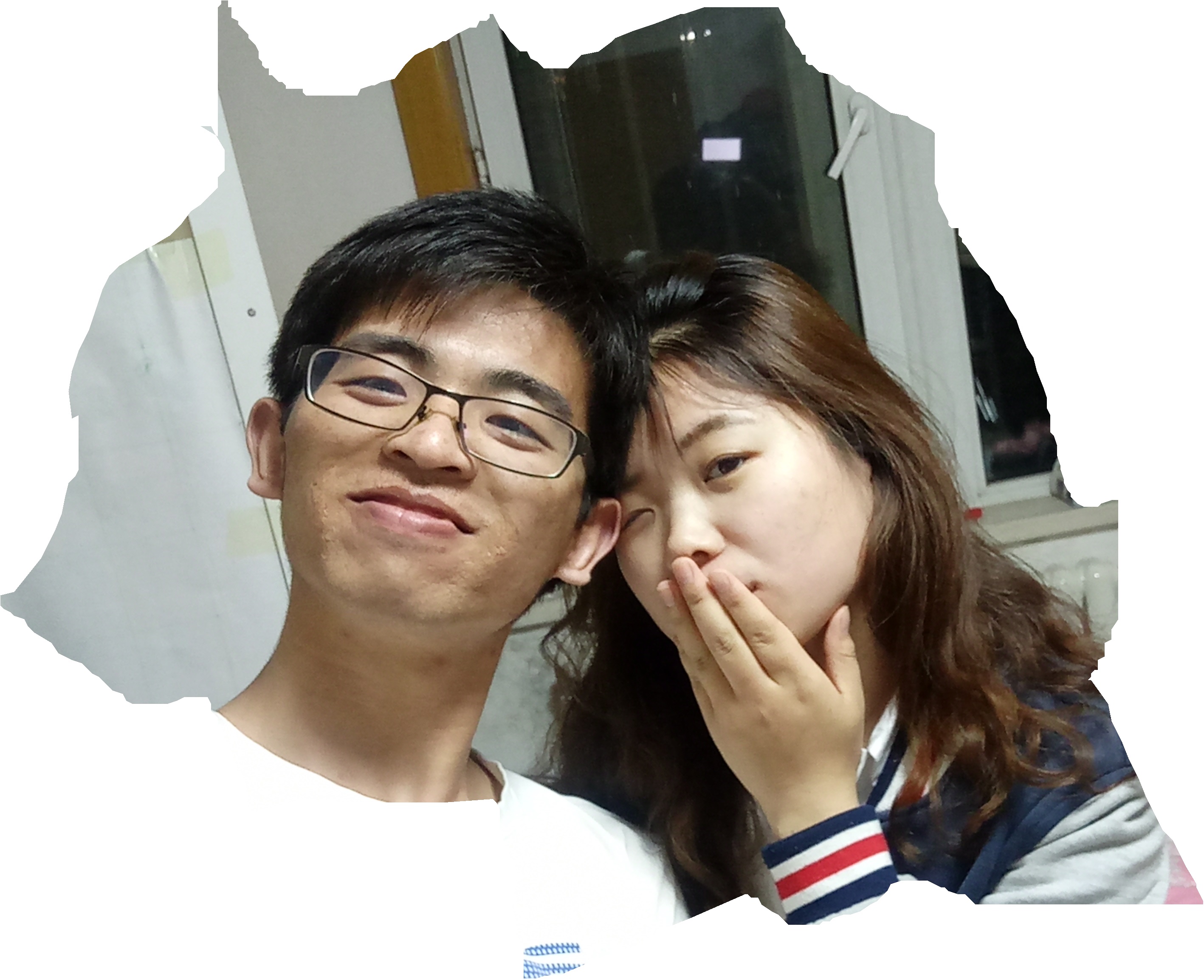LinkedList源码(2)
文章目录
现在聊LinkedList的peek操作,这个操作都是进行输出参数,不会删除相关Node的。
/**
* Retrieves, but does not remove, the first element of this list,
* or returns {@code null} if this list is empty.
*
* @return the first element of this list, or {@code null}
* if this list is empty
* @since 1.6
*/
public E peekFirst() {
final Node<E> f = first;
return (f == null) ? null : f.item;
}
/**
* Retrieves, but does not remove, the last element of this list,
* or returns {@code null} if this list is empty.
*
* @return the last element of this list, or {@code null}
* if this list is empty
* @since 1.6
*/
public E peekLast() {
final Node<E> l = last;
return (l == null) ? null : l.item;
}
peek()的代码和peekFirst的代码是相同的都是取第一个数据。
然后是poll()操作,这个是将数据拿出然后删除该Node节点的。
/**
* Retrieves and removes the head (first element) of this list.
*
* @return the head of this list, or {@code null} if this list is empty
* @since 1.5
*/
public E poll() {
final Node<E> f = first;
return (f == null) ? null : unlinkFirst(f);
}
程序回跳转到unlikFirst()的方法:
/**
* Unlinks non-null first node f.
*/
private E unlinkFirst(Node<E> f) {
// assert f == first && f != null;
final E element = f.item;
final Node<E> next = f.next;
f.item = null;
f.next = null; // help GC
first = next;
if (next == null)
last = null;
else
next.prev = null;
size--;
modCount++;
return element;
}
poll和pollFirst的代码相同都是除去第一个,pollLast是除去最后一个,跳转到unlikLast的代码其内容和unlikFirst基本相同流程。
list.pop(),是直接移除改Node节点 并没有返回该节点的数据。
public E pop() {
return removeFirst();
}
push(e)方法就是向数据中添加一个新的Node节点:
public void push(E e) {
addFirst(e);
}
get方法相关的有get(index),getFirst(),getLast(),
/**
* Returns the element at the specified position in this list.
*
* @param index index of the element to return
* @return the element at the specified position in this list
* @throws IndexOutOfBoundsException {@inheritDoc}
*/
public E get(int index) {
checkElementIndex(index);
return node(index).item;
}
private void checkElementIndex(int index) {
if (!isElementIndex(index))
throw new IndexOutOfBoundsException(outOfBoundsMsg(index));
}
/**
* Tells if the argument is the index of an existing element.
*/
private boolean isElementIndex(int index) {
return index >= 0 && index < size;
}
获取第index位置的Node节点数据时,先进行对该节点位置进行判断是否有效,然后进行获取该位置数据:
/**
* Returns the (non-null) Node at the specified element index.
*/
Node<E> node(int index) {
// assert isElementIndex(index);
if (index < (size >> 1)) {
Node<E> x = first;
for (int i = 0; i < index; i++)
x = x.next;
return x;
} else {
Node<E> x = last;
for (int i = size - 1; i > index; i--)
x = x.prev;
return x;
}
}
获取第一个或者最后一个的数据时:
/**
* Returns the first element in this list.
*
* @return the first element in this list
* @throws NoSuchElementException if this list is empty
*/
public E getFirst() {
final Node<E> f = first;
if (f == null)
throw new NoSuchElementException();
return f.item;
}
Node直接指向first或者last从而直接获取item。 list.element()也是获取第一个Node的数据:
/**
* Retrieves, but does not remove, the head (first element) of this list.
*
* @return the head of this list
* @throws NoSuchElementException if this list is empty
* @since 1.5
*/
public E element() {
return getFirst();
}
